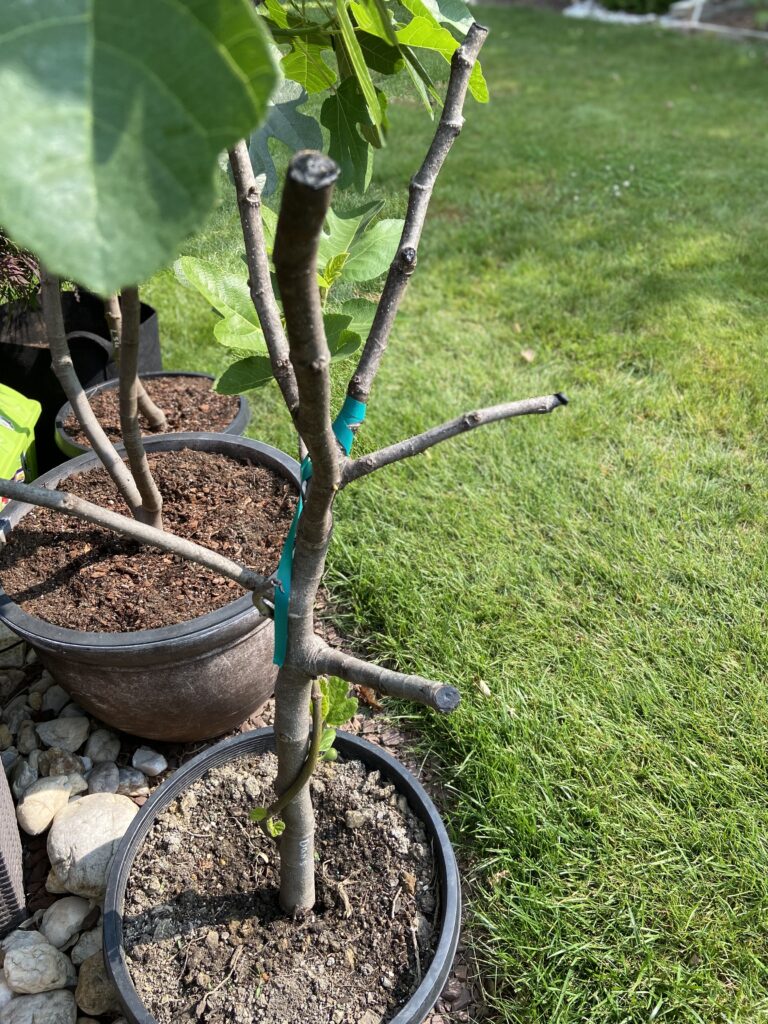Pruning is an essential practice in the care of a fig tree. Regular pruning helps to maintain the tree’s size, shape, and productivity, as well as promoting the growth of strong, healthy branches and fruiting wood.
The best time to prune a fig tree is during the dormant season, typically in late winter or early spring, before new growth begins. During this time, the fig tree is less vulnerable to damage, and pruning will not interfere with fruit production.
When pruning a fig tree, begin by removing any dead, damaged, or diseased wood. Next, prune back any branches that are crossing or rubbing against each other, and remove any shoots that are growing from the base of the trunk or from the roots. It is also a good idea to thin out some of the older, unproductive wood to make room for new growth.

Fig trees produce fruit on the previous year’s growth, so it is important to avoid removing too much of this wood during pruning. However, excessive growth should be removed to promote new growth and ensure that the fig tree does not become overcrowded.
After pruning, it is important to sanitize your pruning tools to prevent the spread of disease. Use a solution of one part bleach to nine parts water to disinfect your pruning shears before and after pruning.
In summary, regular pruning is an essential practice for fig tree care, and should be done during the dormant season to promote healthy growth and fruit production. Pruning should focus on removing dead, damaged, or diseased wood, thinning out unproductive wood, and promoting new growth without removing too much fruiting wood.
